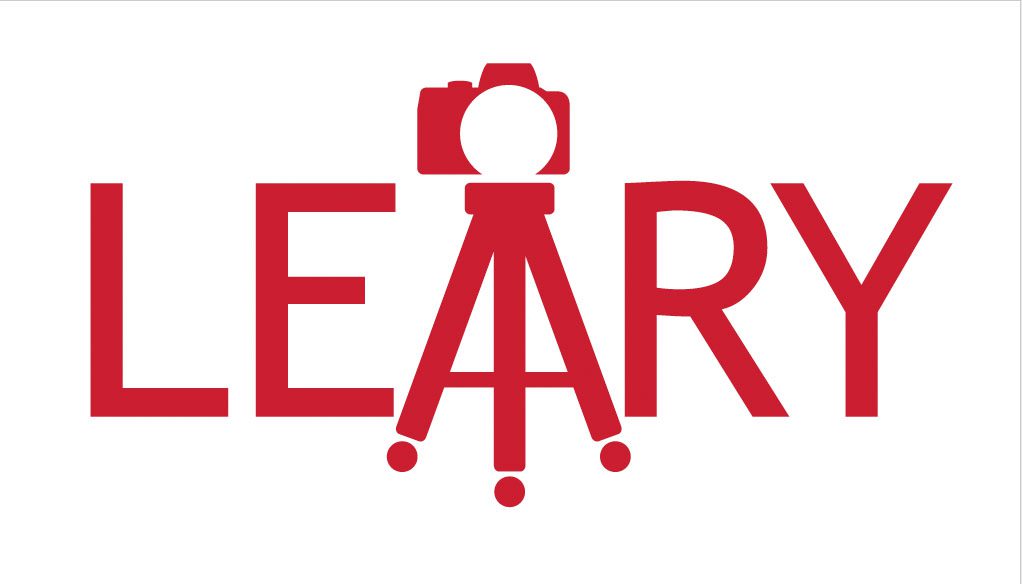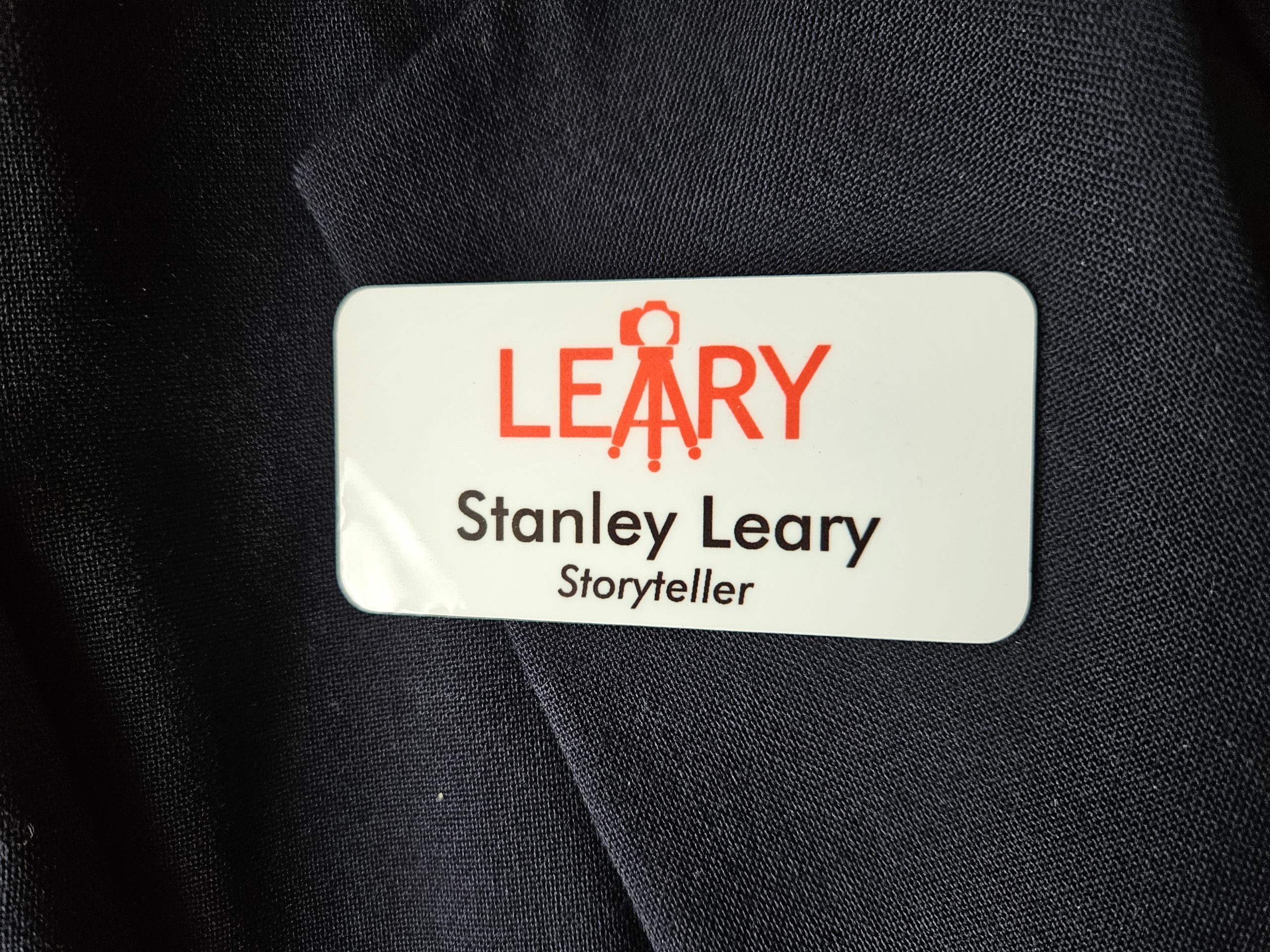First impressions are paramount in professional networking. Whether you’re attending a conference, a seminar, or a business mixer, how you present yourself can significantly impact the connections you make and the opportunities that arise. One often-overlooked tool in this realm is the humble nametag. Yet, its significance cannot be overstated.
Why a Nametag Matters:
Picture this: you walk into a crowded room filled with faces you’ve never seen before, all engaged in conversations. How do you navigate this sea of strangers? A clear, professional nametag instantly breaks down barriers. It provides an immediate reference point for others to address you by name, facilitating introductions and conversations.
Nametags serve as visual cues, making it easier for others to remember you long after the event has ended. This is especially crucial in environments where countless new acquaintances are created and faces quickly blur together. By wearing a nametag, you’re not just a face in the crowd but a distinct individual with a name and identity.
The Importance of Placement:
Now, where you place that nametag matters as much as having one. The general rule of thumb is to wear it on your right side. Why the right side, you may wonder? When people shake hands, their eyes naturally travel to the right, making your nametag more visible and accessible.
Placing it on the right ensures your name is prominently displayed during handshakes or interactions. This eliminates any awkward fumbling or confusion about where to look for your name.
The Elevator Speech: Always Be Prepared:
Opportunities can arise unexpectedly in networking, often in the blink of an eye. That’s why it’s crucial to have your elevator speech ready at a moment’s notice. An elevator speech is a brief, compelling introduction that summarizes who you are, what you do, and what you’re looking for professionally.
Crafting a concise and impactful elevator speech allows you to communicate your value proposition to potential contacts effectively. It should be tailored to your audience and delivered with confidence and enthusiasm. Remember, you only have a short window to capture someone’s attention, so make every word count.
My Elevator Speech
Hello! I’m Stanley Leary, a seasoned storyteller passionate about crafting narratives that resonate with audiences. Over the years, I’ve collaborated with esteemed brands like Chick-fil-A, Kimberly Clark, and Newell, Inc., both nationally and internationally.
What sets me apart is my deep understanding of the power of storytelling. I don’t just tell stories; I help my clients uncover their unique narrative thread—one that intersects seamlessly with their customers’ stories. By aligning these narratives, we create compelling connections that engage and inspire action.
My approach isn’t just about crafting tales; it’s about fostering meaningful relationships and driving results for my clients. Let’s connect if you want to elevate your brand’s story and unlock new opportunities. Together, we’ll embark on a journey leading to greater visibility, engagement, and success.


The Power of the Business Card:
While nametags facilitate immediate recognition, business cards are tangible reminders of your encounter. They provide recipients with your contact information and serve as a reference point for future communication.
A well-designed business card should include essential details such as your name, job title, company name, phone number, email address, and professional website or LinkedIn profile. Keep the design clean, experienced, and reflective of your brand. Like your nametag and elevator speech, your business card should leave a lasting impression.
In conclusion, never underestimate the power of a professional nametag when attending networking events. It’s a small yet impactful tool that can significantly enhance your networking efforts. Pair it with a well-crafted elevator speech and a sleek business card, and you’ll be well-equipped to make lasting connections and seize valuable opportunities in any professional setting.

